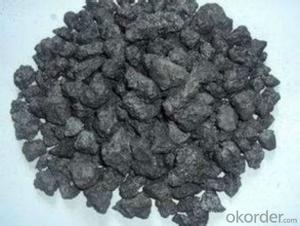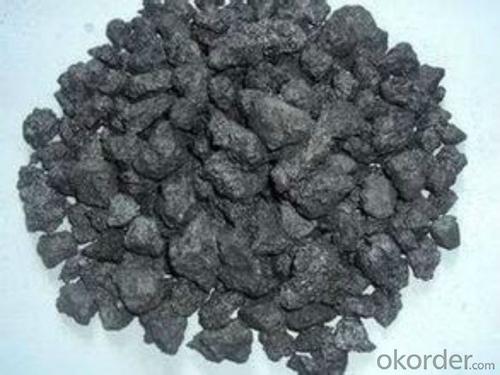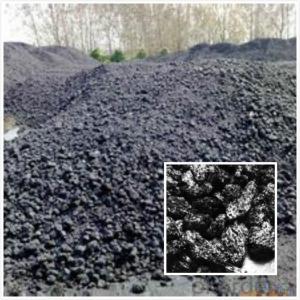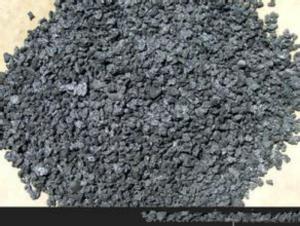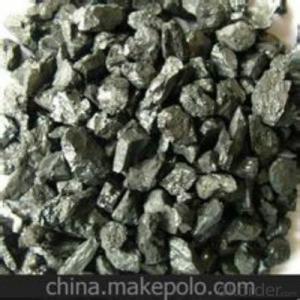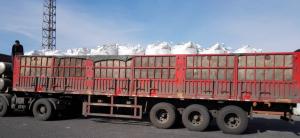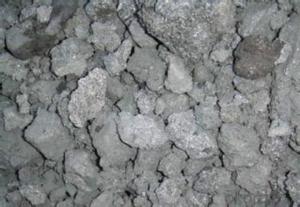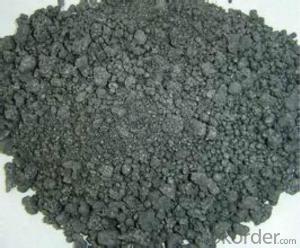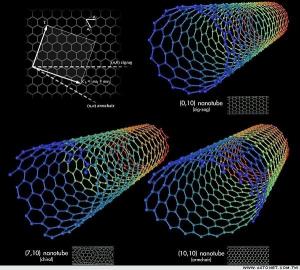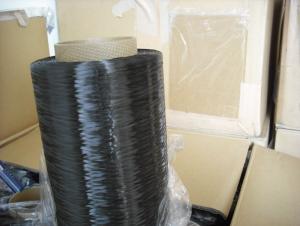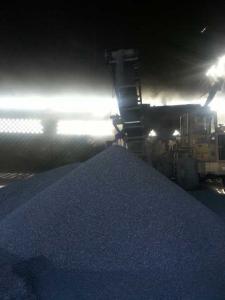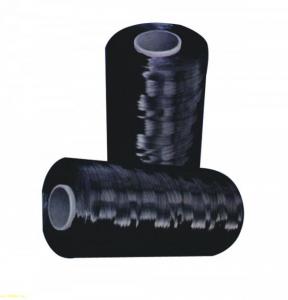Calcined Petroleum Coke as Carbon Additive with S0.7%max
- Loading Port:
- Tianjin
- Payment Terms:
- TT OR LC
- Min Order Qty:
- 19.2
- Supply Capability:
- 1002 m.t./month
OKorder Service Pledge
OKorder Financial Service
You Might Also Like
Intrduction
Carbon additive to ningxia production of anthracite as raw material, after washing, crushing, high temperature calcination, filter, etc. Craft refined and become.This is after the anthracite calcination generated high carbon content and low volatile component of the new product, is an ideal raw material to make steel.Steady Quality
Calcined Petroleum Coke comes from delayed coke which extracted from oil refinery. Although Calcined Petroleum Coke contains a little bit higher level of sulfur and nitrogen than pitch coke, the price advantage still makes it widely used during steel-making and founding as a kind of carbon additive/carburant.
Features
In the smelting process for reducing agent. Performance: replace the traditional oil carbon additive, decrease the cost of steelmaking. Features: low ash. low sulfur,low phosphorus, high calorific value. High ratio resistance,high mechanical strength,high chemistry activity. It is mainly used for metallurgy reductant inoculants, casting, refractory materials, machinery, electronics and other fields.
1) high absorption rate, it can be absorbed up to 90%.
2) absorbed more quickly than other carbon additive; no residue remains in furnace.
3) low Sulfur, the lowest can reach below 0.20%; low nitrogen, normally below 200ppm (0.02%)
Specifications
CPC | |||
F.C.% | 98.5MIN | 98.5MIN | 98MIN |
ASH % | 0.8MAX | 0.8MAX | 1MAX |
V.M.% | 0.7 MAX | 0.7 MAX | 1 MAX |
SULFUR % | 0. 5MAX | 0. 7MAX | 1MAX |
MOISTURE % | 0.5MAX | 0.5MAX | 1MAX |
Pictures
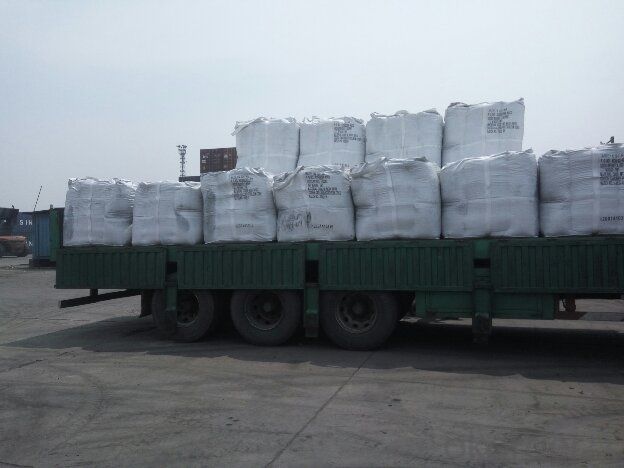
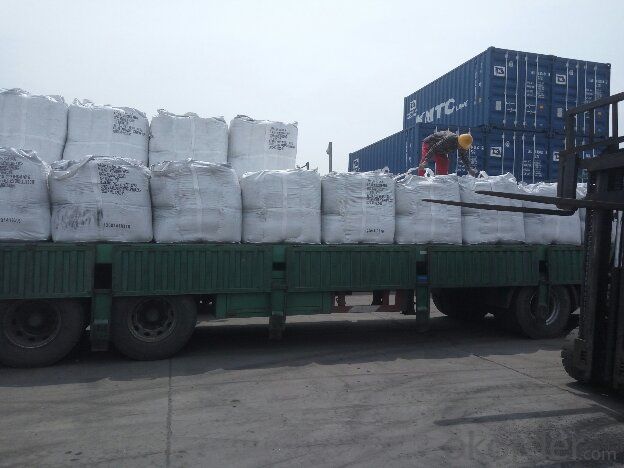
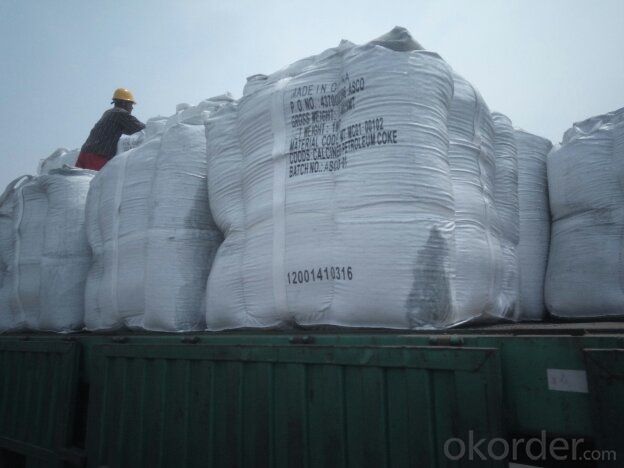
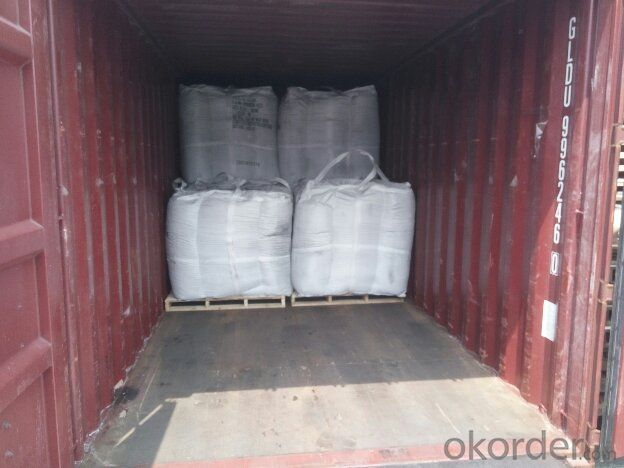
FAQ:
(1)CPC could be as fuel
Petroleum coke is a material relatively low in cost and high in heat value and carbon content with good chemical stability, making it an efficient and costeffective fuel for producing metal, brick and related products.
(2)CPC could be as Graphite Electrodes
Graphite can be produced from lowsulfur needle petroleum coke, which must be heated above 5,432 degrees Fahrenheit.
(3)CPC could be as Anodes
Calcined petroleum coke, often low in sulfur and metallic impurities, is used to make anodes for
the smelting industry.Calcined petroleum coke is mixed with coal tar pitch in the production of
anodes.
- Q: How are carbon fibers produced?
- Carbon fibers are produced through a multi-step process known as carbonization. The process starts with a raw material called precursor, which is usually a polymer-based material such as polyacrylonitrile (PAN), rayon, or pitch. The first step involves spinning the precursor material into long, thin fibers. This can be done through various methods such as melt spinning, dry spinning, or wet spinning, depending on the type of precursor used. Once the fibers are formed, they undergo a stabilization process. This involves heating the fibers in the presence of oxygen at a relatively low temperature, usually around 200-300 degrees Celsius. Stabilization helps to remove any volatile components from the fibers and align the molecular structure in a way that enhances its heat resistance and strength. After stabilization, the fibers are subjected to a high-temperature treatment called carbonization. This process takes place in a furnace with little or no oxygen, typically at temperatures above 1000 degrees Celsius. During carbonization, the fibers are heated to a point where most of the non-carbon atoms are expelled, leaving behind a highly pure carbon structure. The final step in the production of carbon fibers is surface treatment. This involves applying a coating or treatment to the fibers to improve their bonding properties and adhesion with other materials. The surface treatment can be done using various methods such as sizing, coating, or plasma treatment. Overall, the production of carbon fibers involves a combination of spinning, stabilization, carbonization, and surface treatment processes to create fibers with exceptional strength, stiffness, and low weight. These properties make carbon fibers highly sought after in various industries, including aerospace, automotive, sports, and construction.
- Q: How does carbon affect food production?
- Carbon affects food production in several ways. First, carbon dioxide (CO2) is a critical component for photosynthesis, the process by which plants convert sunlight into energy and produce oxygen. Without sufficient carbon dioxide levels, plants cannot grow and produce food. However, excessive carbon emissions from human activities, such as burning fossil fuels, have led to increased concentrations of CO2 in the atmosphere. This can enhance plant growth initially, but if not balanced with other essential nutrients, it can lead to nutrient imbalances and reduced crop quality. Secondly, carbon is also a key element in the soil organic matter, which is crucial for soil fertility and health. Soil organic matter helps retain moisture, improves soil structure, and provides a habitat for beneficial microorganisms. High levels of carbon in the soil promote healthier plant growth, increase nutrient availability, and enhance water-holding capacity. However, unsustainable agricultural practices, such as excessive tilling and deforestation, can deplete soil carbon, leading to decreased fertility, erosion, and reduced food production. Furthermore, the increase in carbon emissions has contributed to global climate change, resulting in extreme weather events such as droughts, floods, and heatwaves. These events can have devastating consequences on food production. Droughts reduce water availability, making it challenging for crops to grow, while floods can wash away entire harvests. Heatwaves can damage crops, reduce yields, and increase the prevalence of pests and diseases. Climate change also alters the timing and distribution of rainfall, affecting planting and harvesting schedules and disrupting agricultural systems. Moreover, carbon emissions contribute to the acidification of oceans. Increased CO2 in the atmosphere leads to higher levels of dissolved carbon dioxide in seawater, forming carbonic acid. This acidification affects marine ecosystems, disrupting the food chain and impacting fish populations that serve as a vital protein source for many people. To mitigate the negative effects of carbon on food production, it is crucial to reduce carbon emissions and transition to more sustainable agricultural practices. This includes adopting climate-smart farming techniques such as agroforestry, conservation agriculture, and organic farming. These practices promote carbon sequestration in soils, reduce greenhouse gas emissions, enhance biodiversity, and improve soil health. Additionally, investing in research and development of climate-resilient crop varieties and improved irrigation systems can help minimize the impacts of climate change on food production.
- Q: How is carbon used in the production of ink?
- Carbon is used in the production of ink as a pigment, providing the black color commonly seen in inks.
- Q: What should be done to deal with leakage of carbon monoxide from the plant?
- The container should be cooled by heat in time. The harm to health, carbon monoxide and hemoglobin binding capacity than oxygen 200 times larger, after inhalation, in the blood and hemoglobin binding, interference blood carrying oxygen capacity, resulting in tissue hypoxia. The skin starts to become gray, and the skin and mucous membranes are red. Severe damage to brain cells can also cause secondary diseases, light damage to the heart, and damage to pyramidal or extrapyramidal systems, including the basal ganglia. Acute poisoning: mild poisoning are headache, dizziness, lethargy, tinnitus, palpitation, nausea, vomiting, weakness, abdominal pain, weakness and other symptoms; moderate poisoning in addition to the above symptoms, and complexion, lips cherry red, rapid pulse, irritability, instability of gait, fuzzy consciousness, coma patients remain unconscious;, miosis, muscle tension increased, frequent convulsions, incontinence, depth of poisoning due to respiratory paralysis and death. Chronic effects: the main manifestation of long-term inhalation of a certain amount of carbon monoxide, fatigue, irritability, indigestion and so on, can cause damage to the nervous and cardiovascular system. The compressed gas storage requirements in bottles, should be stored in a cool, ventilated warehouse, storage temperature should not exceed 300C; keep away from heat, avoid direct sunlight; and oxygen, compressed air, oxidant and stored separately; avoid mixed mixed transport. The lighting, ventilation and other facilities in the storage room shall be explosion-proof, and the switch is located outside the warehouse. Equipped with appropriate varieties and corresponding quantity of fire-fighting equipment.
- Q: What is carbon steel, carbon manganese steel?
- Carbon manganese steel is a high-quality carbon structural steel in the higher manganese content of carbon steel, manganese elements are generally marked in the rear, such as 20Mn, 40Mn and so on
- Q: What are the carbon monoxide collection methods?
- It can only be collected by drainage. Carbon monoxide is not soluble in water. Because carbon monoxide is poisonous and the density is very close to the air, it can not be collected by exhaust air
- Q: How is carbon used in the production of nanoelectronics?
- Carbon is used in the production of nanoelectronics due to its unique properties. It can be structured into nanoscale materials like carbon nanotubes and graphene, which possess excellent electrical conductivity and mechanical strength. These carbon-based materials are utilized in various components of nanoelectronic devices, such as transistors and sensors, to enhance their performance and efficiency.
- Q: How does carbon impact the melting of polar ice caps?
- The primary way in which carbon affects the melting of polar ice caps is through climate change. Carbon dioxide, a greenhouse gas, traps heat in the atmosphere and causes the Earth's temperature to rise. This rise in temperature leads to the melting of polar ice caps. Human activities, such as burning fossil fuels, deforestation, and industrial processes, release carbon into the atmosphere. This carbon accumulates and contributes to the greenhouse effect. As the concentration of carbon dioxide increases, more heat is trapped, resulting in global warming. The warming caused by carbon has a particularly detrimental effect on polar ice caps, especially those in the Arctic and Antarctica. Rising temperatures accelerate the melting of the ice caps, causing them to shrink and eventually collapse. This process is known as ice cap retreat. The impact of carbon on polar ice caps is two-fold. Firstly, the melting of ice caps contributes to rising sea levels, which poses a significant threat to coastal communities and low-lying areas worldwide. As the ice caps melt, the water flows into the oceans, causing them to expand. This can result in coastal erosion, increased flooding, and the loss of valuable habitats and ecosystems. Secondly, the melting of polar ice caps also disrupts the delicate balance of the Earth's climate system. The reflective surface of ice helps regulate the planet's temperature by reflecting sunlight back into space. However, as the ice melts, it is replaced by darker surfaces that absorb more heat, such as water or land. This further intensifies global warming, creating a feedback loop that accelerates the melting process. Overall, the impact of carbon on the melting of polar ice caps is significant. The continuous release of carbon into the atmosphere contributes to the loss of these crucial ecosystems, leads to sea-level rise, and disrupts the Earth's climate system. To mitigate these effects, it is crucial to reduce carbon emissions and transition to cleaner and more sustainable sources of energy.
- Q: How does carbon impact the availability of clean drinking water?
- Carbon can have a significant impact on the availability of clean drinking water through various processes. One of the major ways carbon affects water quality is through the process of carbon dioxide (CO2) emissions and subsequent acid rain formation. When CO2 combines with water in the atmosphere, it forms carbonic acid, which can be very damaging to water bodies. Acid rain, which is primarily caused by the release of carbon emissions from industrial activities and burning fossil fuels, can have devastating effects on freshwater sources. It can lower the pH level of lakes, rivers, and groundwater, making the water more acidic. This increased acidity can harm aquatic life, destroy ecosystems, and render water sources unsuitable for drinking, agriculture, or industrial use. Additionally, carbon can impact the availability of clean drinking water through its role in climate change. Excessive carbon emissions contribute to the greenhouse effect, leading to rising global temperatures and altering weather patterns. These changes can result in prolonged droughts and intense rainfall events, both of which can negatively affect water availability and quality. Droughts caused by climate change can lead to water scarcity, as precipitation patterns become less predictable and water sources dry up. This can lead to conflicts over limited water resources and force communities to rely on contaminated or unsafe water sources. On the other hand, intense rainfall events caused by climate change can result in flooding, which can overwhelm sewage systems and contaminate drinking water with pollutants and pathogens. Moreover, carbon emissions are associated with the degradation of natural ecosystems, including forests and wetlands, which play a crucial role in water purification. Forests act as natural filters, absorbing carbon dioxide and releasing oxygen, while wetlands naturally filter and cleanse water. When these ecosystems are destroyed or degraded due to deforestation or drainage, the availability of clean drinking water is further compromised. In conclusion, carbon emissions have a significant impact on the availability of clean drinking water. Acid rain formation due to carbon dioxide emissions and climate change-induced droughts and floods can all contribute to water scarcity and contamination. Protecting and reducing carbon emissions is vital to ensuring the availability of clean drinking water for present and future generations.
- Q: The main difference between steel and iron is the difference in carbon content
- Steel carbon content is 0.03% ~ 2% of the iron carbon alloy. Carbon steel is the most commonly used ordinary steel smelting, convenient, easy processing, low price, and can satisfy the use requirement in most cases, it is widely used. According to the different carbon content, carbon steel is divided into low carbon steel, medium carbon steel and high carbon steel with the carbon content increased, decreased the hardness, toughness of carbon steel alloy steel. Also called special steel, adding one or more alloying elements in steel on the basis of the change of microstructure and properties of steel, it has some special properties, such as high hardness, high wear resistance, high toughness and corrosion resistance sex, etc.
Send your message to us
Calcined Petroleum Coke as Carbon Additive with S0.7%max
- Loading Port:
- Tianjin
- Payment Terms:
- TT OR LC
- Min Order Qty:
- 19.2
- Supply Capability:
- 1002 m.t./month
OKorder Service Pledge
OKorder Financial Service
Similar products
Hot products
Hot Searches
